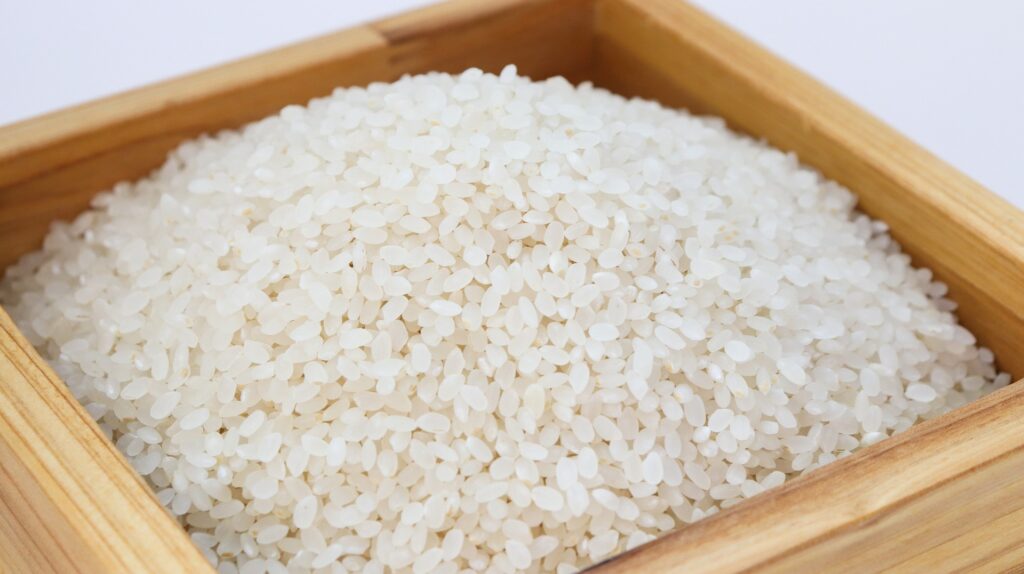 Autoclaving treatment to improve the quality of germinated brown rice.
Autoclaving treatment to improve the quality of germinated brown rice.
Germinated brown rice (GBR) is a functional food containing considerable amounts of beneficial nutrients and bioactive compounds. However, this product is less acceptable to consumers due to its inferior sensory quality compared to white rice. In this context, a recent study, carried out by a group of Chinese researchers (Ren et al. , 2020), evaluated the influence of autoclaving at 115°C for 20 minutes on: nutritional and health function, taste and aroma of GBR samples.
The results showed that autoclaving treatment influences the starch gelatinization and aroma to improve the sensory quality of the product (especially in terms of hardness, chewiness and aromatic profile). Furthermore, it was found that the autoclaving treatment significantly increased the gamma-aminobutyric acid (GABA) and ferulic acid levels compared to untreated samples.
Finally, through an “in vivo test”, it was possible to observe that the consumption of 50 g per day of autoclaved GBR for one month significantly decreased the fasting plasma glucose, triglycerides, total cholesterol, HDL cholesterol and LDL cholesterol levels in patients suffering from metabolic syndrome. In conclusion the authors argue that the autoclaving treatment may both improve the sensory properties and the nutrition of GBR.
Application of machine learnt image processing to predict the weight and size of rice kernels.
Accurate measurement of rice kernel size after milling is critical for the rice milling industry. Usually these measurements are performed manually and are closely related to the quality properties of the product and its milling yield. In this context, a recent study conducted by a group of US researchers (Singh et al., 2020), developed and validated a new method for the simultaneous determination of the weight and dimensions of different rice grains.
In particular, this methodology combines image processing and machine learning (ML) to accurately measure the size and mass of several rice kernels simultaneously. The authors point out that the number of pixels representing a rice kernel has been used as its digital fingerprint in order to predict its size and mass. The results indicate that the proposed method has a prediction accuracy (mean error) equal to 3.6%, 2.5%, and 2.4% in estimating the kernel length of small-grain (Calhikari-202), medium-grain (Jupiter), and long-grain (CL153) rice, respectively.
Similarly, mean errors associated with predicting the grain weight are 4.1%, 2.9%, and 4.3% for Calhikari-202, Jupiter, and CL153 rice, respectively. In conclusion, although further research is still needed to validate the method with a larger number of samples, the results obtained so far are very promising and can contribute in a decisive way to the automation of manual processes, with significant economic benefits.
References: Ren et al., Food Science & Nutrition, 8, 2020, 1709-1717; S.K. Singh et al., Journal of Food Engineering, 274, 2020, 109828.



